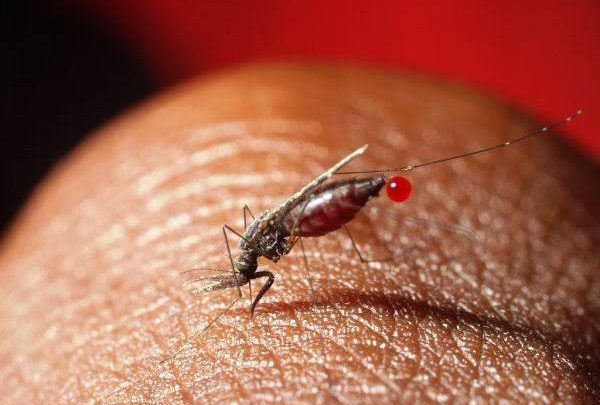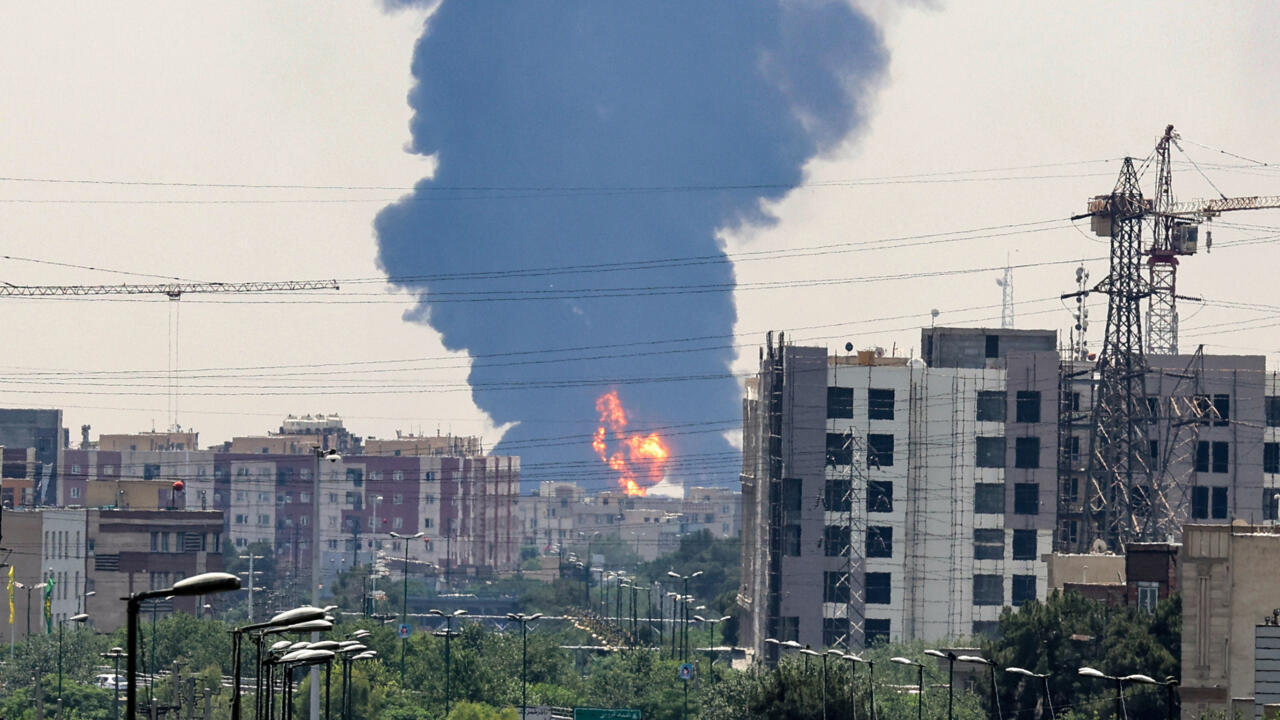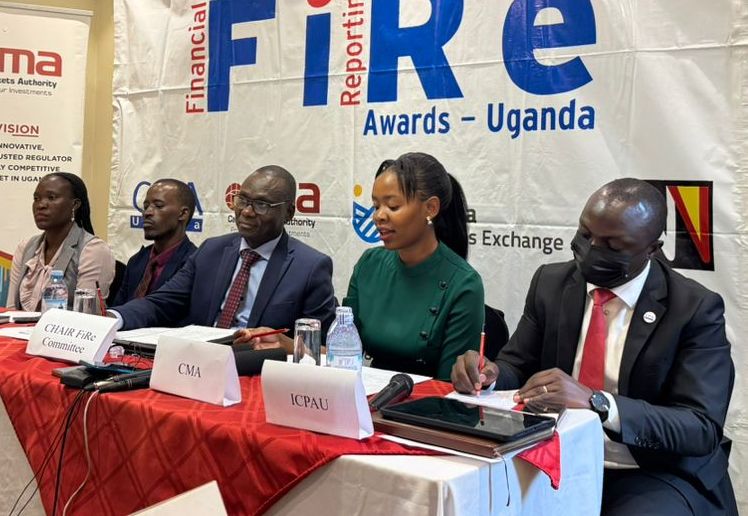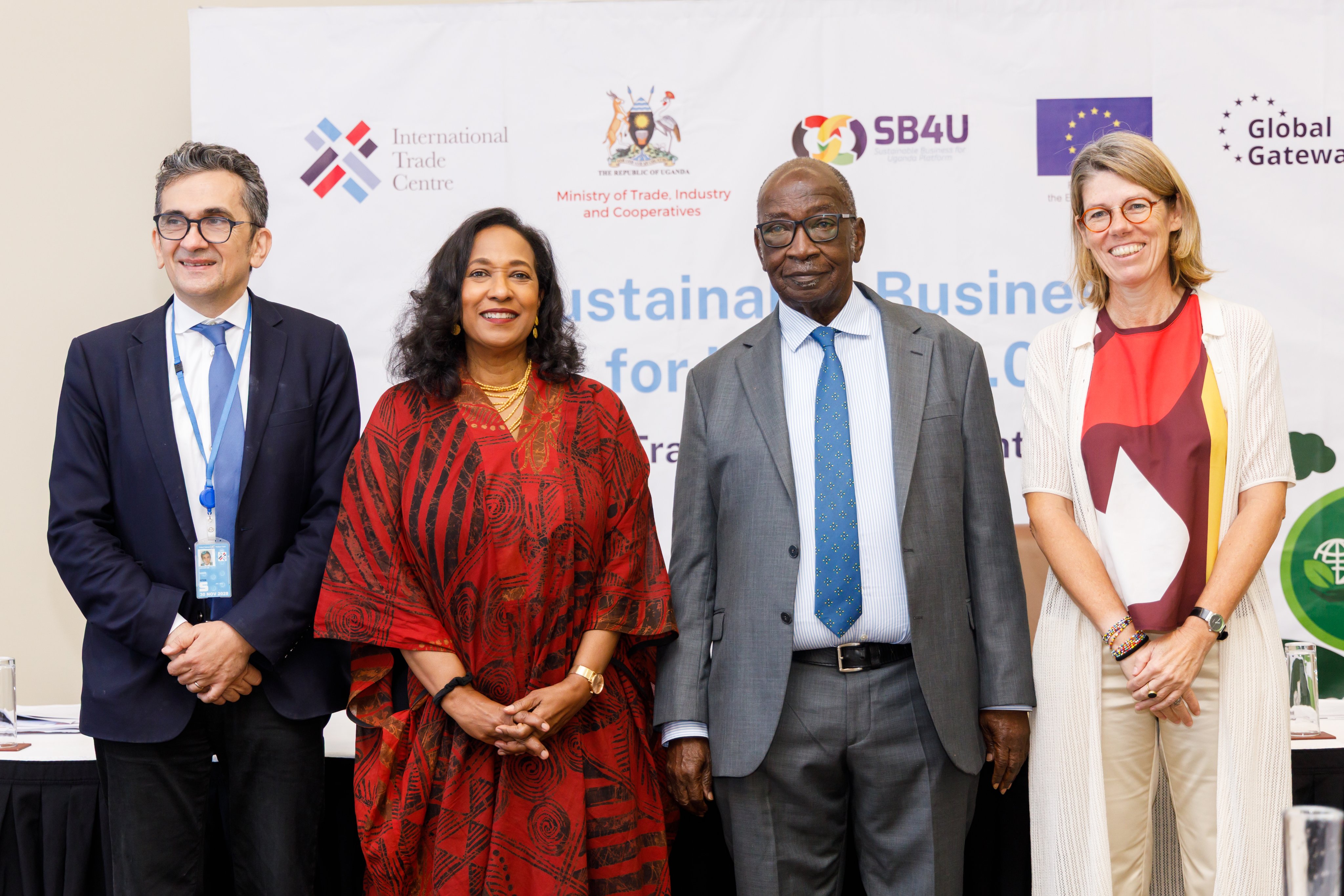Study detects emerging resistance to malaria drug in Ugandan children
Alarmingly, 10 of these children experienced a repeat malaria episode within 28 days, infected by the same strain that had initially caused their illness. This recurrence indicates that the parasites were not fully eradicated by the standard treatment.

New research from Uganda has uncovered the first evidence of resistance to artemisinin, a lifesaving malaria drug, in young African children with severe infections.
The study, presented at the American Society of Tropical Medicine and Hygiene Annual Meeting and published in The Journal of the American Medical Association (JAMA), observed partial resistance in 11 of 100 children aged 6 months to 12 years treated for severe malaria caused by Plasmodium falciparum*.
Alarmingly, 10 of these children experienced a repeat malaria episode within 28 days, infected by the same strain that had initially caused their illness. This recurrence indicates that the parasites were not fully eradicated by the standard treatment.
“This is the first African study showing that children with severe malaria are experiencing at least partial resistance to artemisinin,” said Dr. Chandy John, director of the Indiana University School of Medicine Ryan White Center for Infectious Diseases and Global Health. He co-authored the study alongside researchers from Makerere University, the University of Pennsylvania, and the London School of Hygiene & Tropical Medicine.
Resistance Poses a Growing Threat
Artemisinin therapies revolutionized malaria treatment two decades ago, rapidly curing infections and addressing resistance to older drugs. However, resistance to artemisinin was first documented in Cambodia in 2008, with complete failure of the drug reported by 2013. Evidence now suggests the resistance has spread to East Africa, raising fears of widespread inefficacy.
Africa bears the brunt of malaria’s toll, accounting for 95% of the 608,000 annual deaths, with young children being the most affected.
In this study, genetic mutations linked to artemisinin resistance—first identified in Southeast Asia—were found in malaria parasites infecting 10 of the children. While these mutations had previously been observed in milder cases in Africa, this is the first time they have been associated with severe, complicated malaria in hospitalized children.
Treatment Challenges
The children in the study received the standard therapy for severe malaria: an intravenous infusion of artesunate followed by oral treatment with artemether-lumefantrine, an artemisinin combination therapy (ACT). Yet, two children required more than three days of artesunate therapy due to slow parasite clearance, highlighting the emergence of partial resistance.
The study classified resistance based on the World Health Organization’s criteria, which define a half-life of more than five hours for parasite clearance as evidence of partial resistance. Dr. John warned that prolonged treatment times increase the risk of complications and poor outcomes.
The research also raises concerns about the declining efficacy of lumefantrine, the partner drug in ACTs. Lumefantrine’s role is to eliminate residual parasites left after artemisinin treatment, but recurring infections suggest its effectiveness may also be waning.
Urgent Action Required
Dr. John emphasized that resistance patterns in Southeast Asia began with partial artemisinin resistance and eventually led to widespread drug failure. There is concern that the same trajectory may unfold in sub-Saharan Africa.
“The fact that we observed resistance without specifically searching for it is troubling,” he said. “Our findings suggest that the problem is already significant enough to appear in routine treatment monitoring.”
The study stems from ongoing investigations in Uganda focused on outcomes in children with severe malaria. The findings underscore the need for immediate interventions to contain resistance and safeguard the efficacy of current malaria treatments.
With artemisinin therapies under threat, researchers and policymakers face an urgent challenge to prevent resistance from undermining decades of progress in the fight against malaria.






